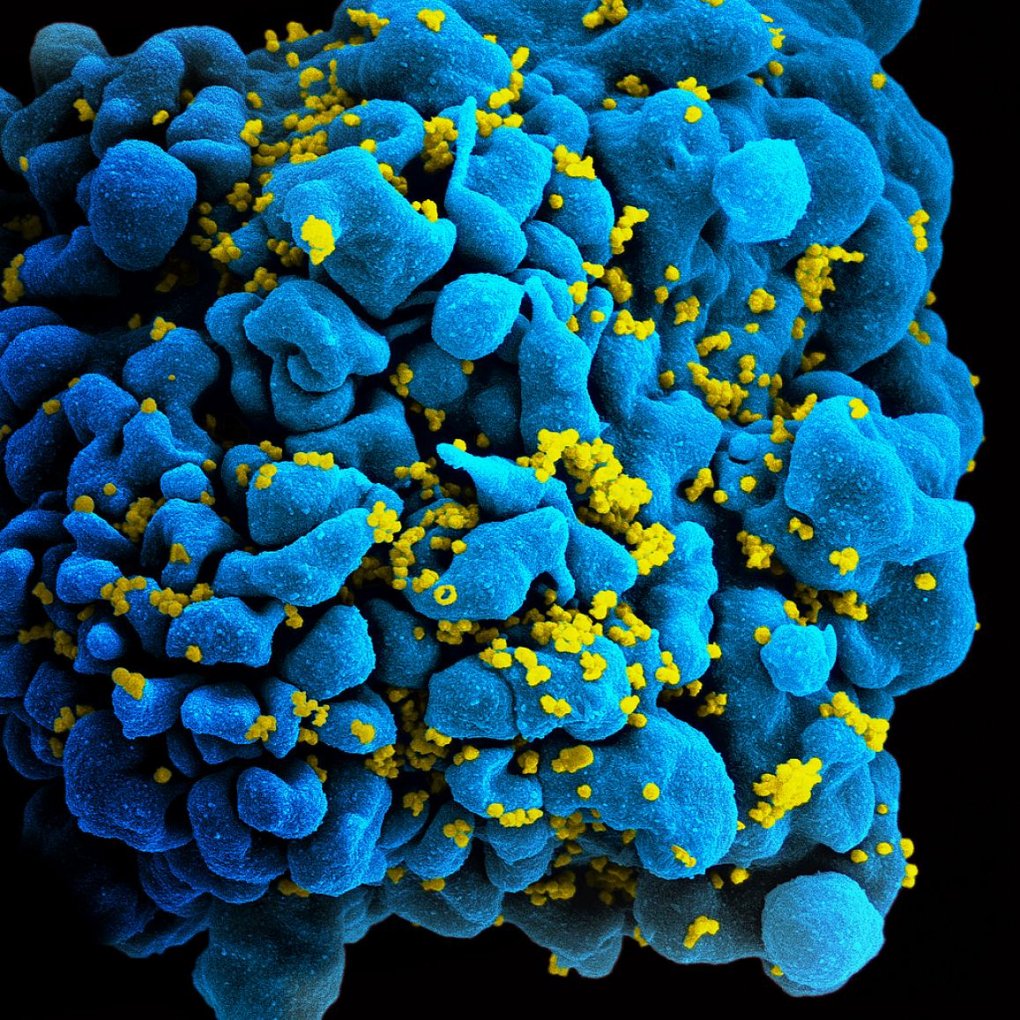Cell particles may help spread HIV infection, NIH study suggests
HIV appears to enlist the aid of nano-sized structures released by infected cells to infect new cells, according to a study by researchers at the National Institutes of Health. Known as extracellular vesicles (EVs), these bubble-like structures are made by many kinds of cells and, under most circumstances, are thought to ferry molecules from one cell to another, providing a means of communication. NIH scientists discovered that cells infected with HIV appear to produce EVs that manipulate prospective host cells to pass infection to other cells. The study appears in Scientific Reports.
This page was last updated on Friday, January 21, 2022
